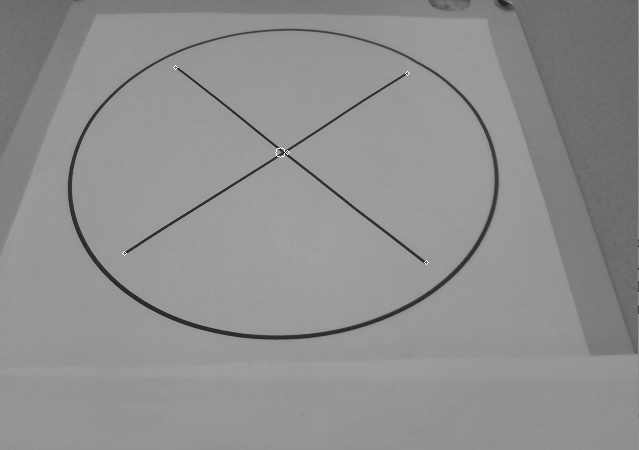
That is why winding the wheel too far in a desperate attempt to get the car round the turn, usually makes everything worse. And just as there has to be an angle of slip in order for the tyre to generate grip, too much angle and it will give up. It does that automatically, but until it does, the tyre won’t generate any lateral grip.

In the case of the front wheels this obviously happens when you turn the wheel, at the rear, the rear the car has to develop a yaw angle. This is not the same thing as a steering angle but you need a steering angle to generate a slip angle (which is the difference between the angle described by the tyre’s tread and the direction the wheel). It is hugely important to understand that a tyre can only generate optimum lateral (or cornering) grip, if it is turning at the same speed as the road is passing beneath (it loses almost everything if it is locked or spinning) and, only if it has a slip angle. This makes them more likely to lock, which is akin to yanking on the handbrake. There is also the point that the weight has been lifted from the rear wheels but they are still receiving a similar amount of braking effort (forget ABS just for the moment). The point is that the balance of the car has changed and it is the change that makes the difference in the car’s behaviour. Since there is less to press the rear tyres to the road, they will slide more easily, but this is not the same thing as saying a lighter car would therefore slide more easily at both ends. Weight is effectively shifted to the front wheels but since the total remains the same, the rear effectively weighs less.
Fwd circle track cross weight driver#
When the driver gets on the brakes, the total remains the same, but the effective – or dynamic – distribution, alters.

A car weighs so much overall, and that is distributed – let’s assume for the sake of argument, equally - between front and rear. Tyres play a hugely important role of course, but let us just consider the weight distribution issue a little further. > Click here to book your place on the next evo track day Drive that same car in the wet though and the tail will almost certainly slide, because the tyre’s ability to grip is reduced and the available power can overload it much more easily. The front end may then be less effective by comparison and the car will understeer. So the same amount of power may well not overcome the tyre’s grip and slew the tail wide.

Because the layout separates the steering and driving wheels – so it doesn’t give the front tyres two jobs to do at the same time – a pair of tyres of similar size to those fitted to a front-drive car of similar power, will have spare capacity. Similarly, rear-drive cars may tend to oversteer when you get on the power, but on the other hand they may not. A front-wheel drive car will usually understeer when you pour on the power and overload the tyres, but they are also capable under certain conditions, of delivering the nastiest and snappiest kind of oversteer less so these days because manufacturers have spent lots of money keeping wheels pointing where they should be, or in many cases pointing inwards under certain conditions to prevent exactly what I’m tallking about. Both statements can be true, but they are too generalised. Everybody knows that front-wheel drive cars tend to understeer (push on rather than turn) whereas rear-wheel drive cars tend to oversteer (turn more than the driver intended).


 0 kommentar(er)
0 kommentar(er)
